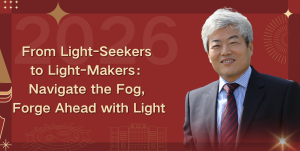10 Sep 2024
The Department of Architecture at XJTLU's Design School is excited to welcome new staff members Dr Yang Song, Dr Jiangyang Zhao, and Dr Jingyang Liu.
Dr Yang Song
Assistant Professor

Career
I received my Master’s degree in Architectural Design from the Bartlett School of Architecture, University College London (UCL) and my Doctoral degree in Architecture from the Liverpool School of Architecture (LSA), University of Liverpool. Before joining Xi'an Jiaotong-Liverpool University (XJTLU), I served at the University of Liverpool as a Teaching Assistant in Digital Architectural Design and Technique modules, for Parametric Design, Robotic Fabrication and Advanced Architecture Design master’s courses. During my academic career, I have taught and lectured at numerous institutions internationally (including SCI-Arc, CUHK, dMA LUH, Yonsei University, Create SDU, DDU TUD, etc.) and instructed several workshops at international conferences (including SIGraDi, ASCAAD, SD Platform, etc.). About my practical experience, I was the AR technology assistant and digital fabricator at FabPub Ltd (UK) and Soomeenhahm Design Ltd (UK), where I engaged in digital design and fabrication strategies with AR and robotic fabrication techniques for several advanced and large-scale installation projects including the 2022 Qatar Football World Cup Installations.

I chose the architectural digital fabrication fields because of my desire and curiosity to explore cutting-edge technology and related research directions. At the same time, I believe that the advanced equipment and technology that integrates interdisciplinary disciplines, such as computer science and industrial design strategy, will bring different vitality and development explorations to traditional architectural design. In addition, I believe that digital design and intelligent fabrication are the future development trends in the architectural construction industry. Taking this opportunity, I hope to explore the innovative possibilities and new sparks of architecture and other interdisciplinary and cross-field emerging technologies.
Research interests
I would like to describe myself as an architectural researcher and a multidisciplinary designer. I have been working for several years across research and projects that converge architectural design, augmented reality (AR), robotic fabrication, immersive design, parametric design, generative algorithm design, and digital fabrication techniques. I have published several journal and conference papers with great contributions in these research fields, and have been invited as the reviewer for influential journals and international conferences. My master's research project, BloomShell, mainly explores the use of traditional craftsmanship in an augmented reality (AR) environment to achieve high-precision complex hyperbolic (double-curve) structure construction and realise real-time interaction and feedback between virtual and reality (PIC2).
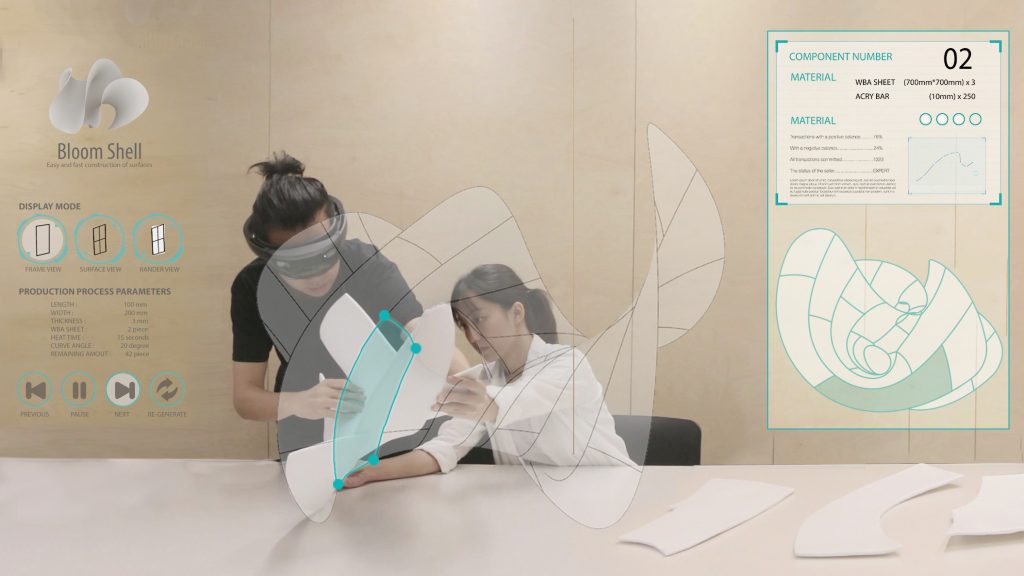
My doctoral research project, AR (design+fabrication), mainly explores the possibility of high-tech strategies, such as immersive design, scheme simulation, robotic fabrication human-robot collaboration, etc., in an AR environment, and builds the immersive design, simulation and construction workflow of parametric masonry structures (PIC3). In particular, taking masonry as an example, practice the mastery and application boundaries of the AR immersive design-to-fabrication workflow for inexperienced users and architectural practitioners.
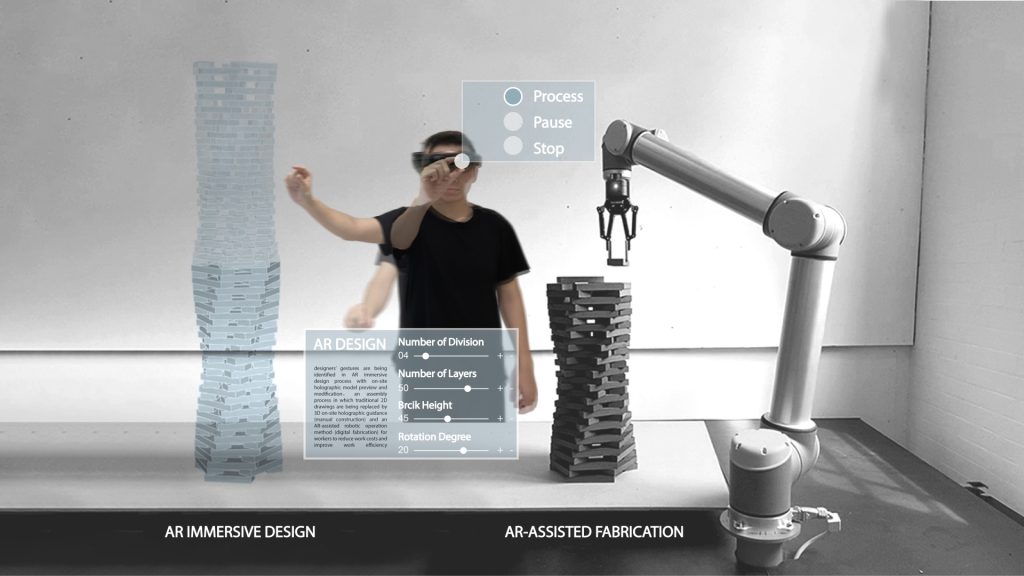
My current research focuses on exploring the impact of the fifth industrial revolution (IR5.0) on the architectural construction industry. IR5.0 is a concept proposed in the field of manufacturing that integrates the cooperation between humans and machines into the production process to achieve more efficiency, personalisation and sustainable development. It emphasises the importance and role of humans in modern manufacturing. Compared with IR4.0, it pays more attention to user participation and the value of cooperation and co-creation between humans and machines. My recent research focuses on AR/VR immersive technology, robotic manufacturing and human-robot interaction. I am exploring the possibility of human-robot collaboration with immersive environments as the medium. At the same time, my AR-assisted design and robotic fabrication framework is just the beginning of the exploration of digitalisation and intelligence in architectural design and construction under the IR5.0 trends. It has the potential and value to be combined with artificial intelligence (AI) or other emerging technologies to provide more optimised, more reasonable and more intelligent architectural decision-making and execution methods. In the future, I will explore more development directions and application scenarios of human-robot interaction in immersive environments, such as different digital construction technology strategies, variant cutting-edge tools, multiple construction materials, etc., and combine with AI to explore the trend of future digital architectural design and construction.
Reason to join XJTLU
As a graduate of the University of Liverpool, I felt the long history and its development concept of combining innovation and tradition during my study. Xi'an Jiaotong-Liverpool University was jointly founded by two international prestigious universities, Xi'an Jiaotong University and the University of Liverpool. I believe that the advanced innovative development concept, free academic research space, advanced scientific research equipment, excellent faculty team and strong academic atmosphere of Xi'an Jiaotong-Liverpool University will attract and influence me in my future academic career.
Advice for students
Architectural digital fabrication will bring you completely different solutions and future career paths from traditional architectural design. It combines knowledge and technologies from various disciplines and backgrounds, such as artificial intelligence(AI), integrated algorithms, robotic fabrication, 3D printing, immersive visualization equipment, etc., to assist in design and fabrication. Therefore, do not be afraid to learn new skills and expand your boundaries, keep an open mind and enthusiasm for cutting-edge things, and explore the possibilities that cross-disciplinary and emerging technologies bring to the future update and development of the architectural industry.
Dr Jiangyang Zhao
Assistant Professor
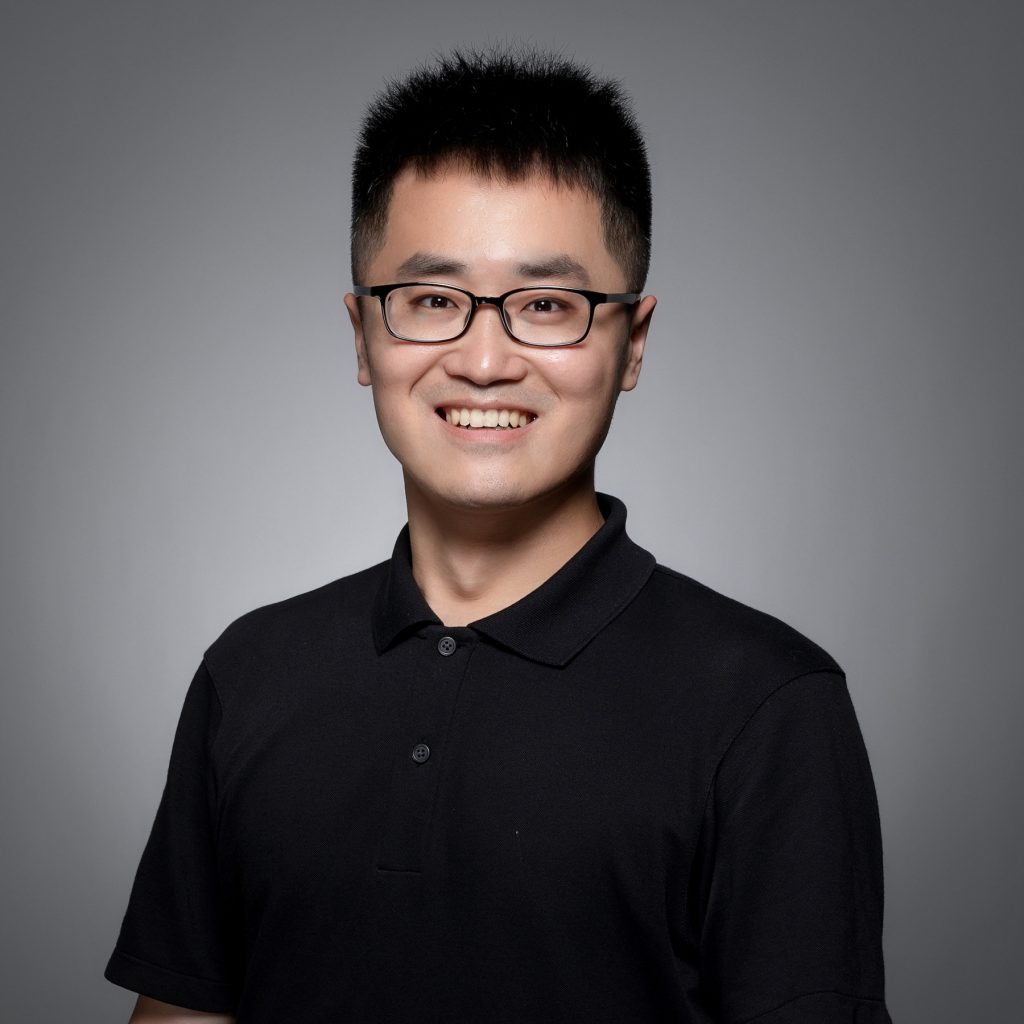
Career
I received my PhD and MSc degrees from the University of Liverpool, UK. During my PhD studies at the University of Liverpool, I worked as a lecturer in the School of Architecture’s postgraduate courses (Digital Design and Robotics Fabrication and Research Methodology) and as a teaching assistant in architectural site research. At the same time, I gave two personal lectures at the School of Architecture at Zhengzhou University. In 2022, I was a lecturer at the Robotics Construction Workshop at Xi’an Jiaotong Liverpool University. Meanwhile, I have served as a reviewer for international conferences such as ACAADRIA and ABB. During my PhD program, I have published several journal and conference articles. Before my PhD, I was a senior assistant architect for one year, mainly involved in national-level ancient village renovation projects and provincial-level old town renovation projects. At the same time, I have also led teams to participate in international design competitions and won awards.
Architecture presents a unique opportunity to engage in high-profile projects across different countries. Architecture offers an exhilarating and rewarding career path for individuals driven by a passion for design, creativity, and the ability to effect positive change in the world.
Research interests
The Dougong (bracket set), consisting of wooden blocks (Dou) and bow-shaped brackets (Gong), is a typical structural element in traditional Chinese timber buildings. Its primary function is to transfer roof loadings to pillars. Applying the Dougong in contemporary design offers significant advantages, including cultural continuity, sustainability, and seismic performance. However, its complex geometries, installation methods, and connections make their use in contemporary timber architecture challenging. Robotics have been increasingly adopted in timber architecture in recent decades, opening new possibilities for reinterpreting the Dougong. My research presents a file-to-fabrication framework for applying the Dougong in contemporary design, integrating robotic fabrication and digital design.
My research innovatively proposed a systematic design-to-fabrication workflow to reinterpret the Dougong in contemporary architecture. Compared to existing research on the parametric design and robotic fabrication of the Dougong, the proposed workflow has distinct contributions. Firstly, our workflow successfully fills the gap of applying robotic technologies to assemble Dougong components. Secondly, for the first time, our research introduced a systematic method to reinterpret the Dougong to match the requirements of parametric design and robotic assembly.


Advice for students
Architecture is a challenging and innovative profession. In the future years of study and work experience, you will learn how to coordinate between different departments, break the mold, and be innovative. The critical thinking and problem-solving skills you can learn in the design process will help you in all aspects of life.
Dr Jingyang Liu
Assistant Professor
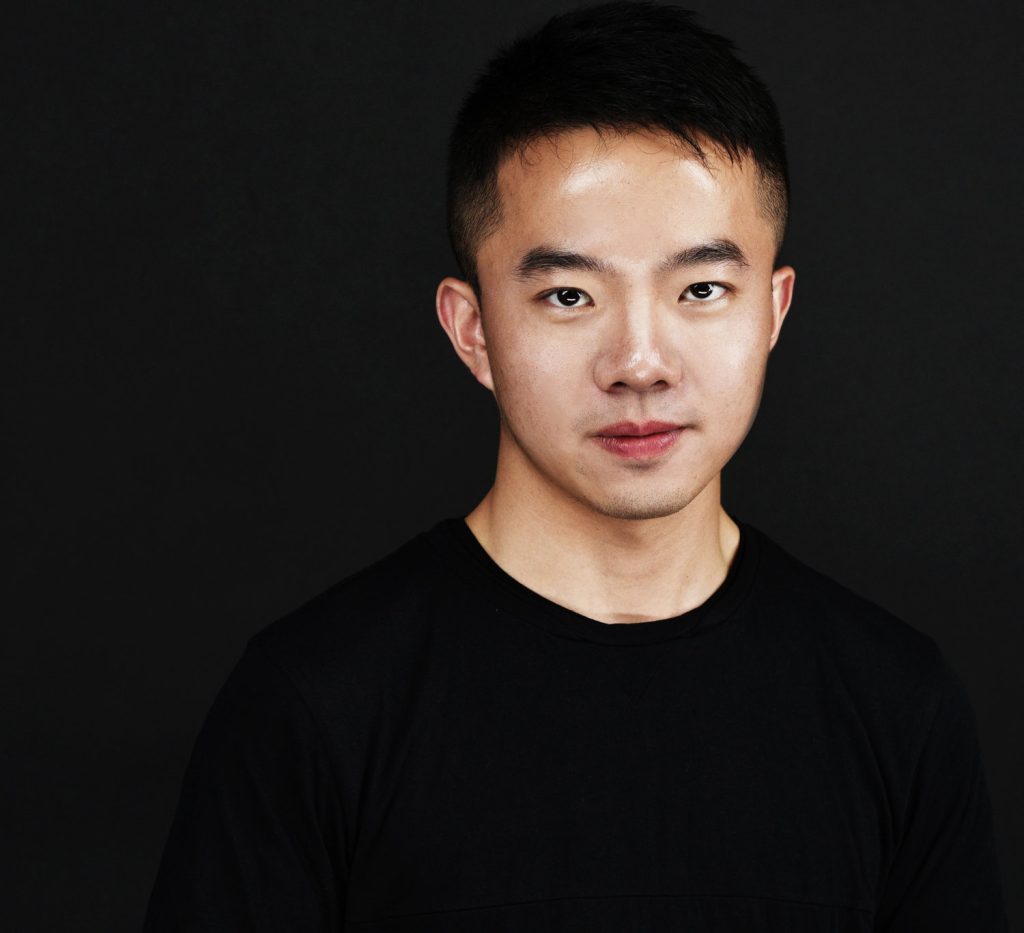
Career
Before joining XJTLU, I received my Ph.D. in Computational Design from Carnegie Mellon University, where I conducted research and taught courses on design computation and construction robotics. Prior to my doctoral studies, I served as a Senior Research Associate at the Sabin Design Lab at Cornell University, where I led research projects in computational geometry and generative design, supported by the National Science Foundation and industry partners such as Autodesk. In addition to my academic pursuits, I actively engage in practice and collaboration with artists, creating installations and spatial structures that have been featured in exhibitions at institutions, including The Museum of Modern Art (MoMA), The Centre Pompidou, Storefront for Art and Architecture NYC, and John Hartell Gallery.


My research outcomes will enhance user accessibility and provide a more personalized experience in the design and making process. For instance, with the aid of computational tools and techniques such as parametric modeling and 3D printing, individuals can create and produce products tailored to their specific needs, measurements, and preferences from home. Whether it’s customized furniture or a unique accessory, users can design and fabricate items without heavily relying on mass-produced goods. On a societal level, this shift toward localized and decentralized manufacturing has the potential to reduce reliance on global supply chains, ultimately reducing the environmental impact associated with shipping and mass production.
I look forward to bridging the gap between the tools and algorithms developed in the lab environment with the actual context, exploring how technological advancements might remediate existing design practices.
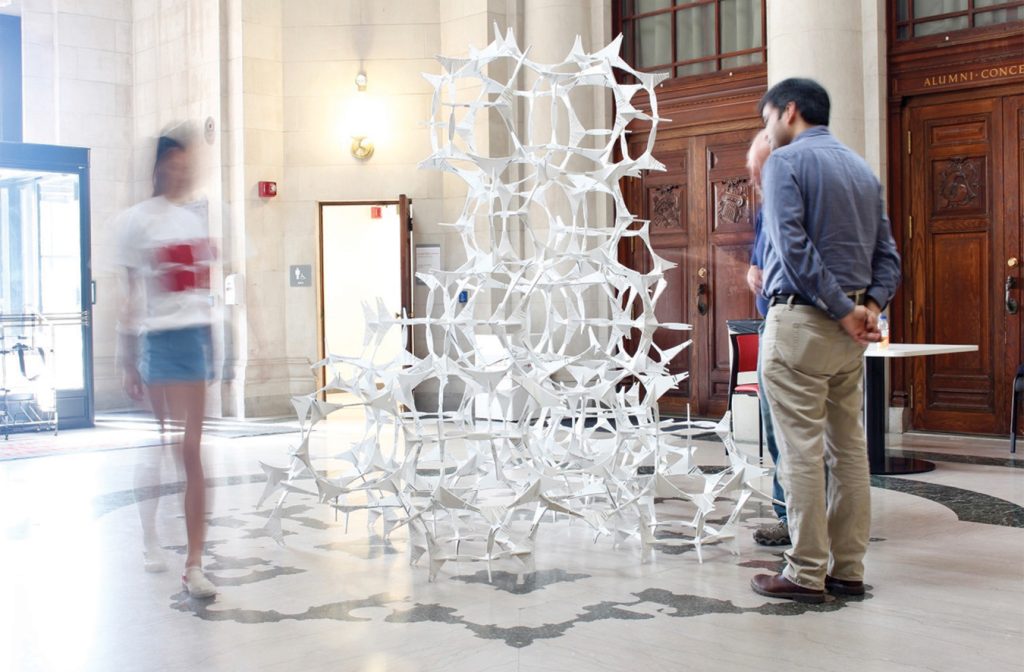
Advice for students
I would like to share my experiences with students interested in the field of design computation. As we explore emerging technologies and develop innovative tools, it is equally important to consider the broader impact of our work on users, communities, and the environment. As designers, we may recognize that technology serves as a powerful solution, while design itself is a blend of creativity, empathy, and a deep sense of responsibility.
Photos and story provided by Dr Yang Song, Dr Jiangyang Zhao, and Dr Jingyang Liu
Edited by Yi Qian
10 Sep 2024
